2015.02.22
Getto – Medicinal leaves right under our noses
By David Higgins

Getto or shell ginger is often grown as a decoration but also thrives in the wild throughout the forests of Okinawa.
On December 8th of the Lunar calendar, every family home in Okinawa creates Muuchii (flavored rice cakes). They carefully wrap each muuchii in a leaf that has a distinctive scent. This special leaf is used to wrap the muuchii because of the flavor and scent of the leaf that becomes infused into the muuchii.

Getto is cultivated on Okinawan fields as it’s prized as an essential wrapping for seasonal delicacy “muuchii” and also consumed as herbal tea.
This leaf’s latin name is Alphinia Zerumbet but in Japanese it is referred to as getto and in Okinawan language it’s known as sannin. In North America, it is referred to as Shell Ginger. This name is quite suitable as the distinctive scent of this leaf is very close to that of the ginger family. In the United States, the Alphinia Zerumbet is now being grown in nurseries where the preferred climate and environmental conditions of the plant are being recreated. Such conditions would be similar to that of the State of Florida.
The leaves are not only used for wrapping muuchii but are also sold as an herbal tea. The tea is hypotensive (aids people to lower their blood pressure), diuretic (promotes the production of urine, which is turn detoxifies the body), and has anti-ulcerogenic properties (which helps heal and prevent ulcers in the stomach). The leaves are also a home remedy, used in bath water to alleviate fevers. The leaves and ribosomes have been proven effective against HIV-1 integrate and neuraminidase enzymes and has shown anti-diabetic effects through inhibitions of formation of advanced glycation end products. Various parts of the plant have been proven also to have antioxidant properties when consumed.

Getto can be used to make beauty products that are said to be good for skin care and also as an ingredient in an oil to treat sunburn and an additive to bath water.
My wife is an advocate of using the leaves for skin products. She boils the leaves and reduces them into a mushy consistency, and extracts the juices using cheesecloth to retrieve the concentrated juices from the leaves. She then mixes them with mineral oil and uses the mixture on her skin after a sunburn, adds it to bath water or to her mist sprayer to mist her face daily for a skin maintenance and protection. I enjoy drinking the tea, but have not used it for medicinal purposes. It tastes good and doesn’t contain caffeine so I find it to be a soothing drink to have before going to bed. I have also been drinking it to keep warm since lately the record cold temperatures on Okinawa have caught me off guard, reaching unbelievable record lows of 6 Celsius /42 Fahrenheit at night.
Just like in the movie ‘The Medicine Man,’ we all like to believe that there is an all- cure plant from the jungle that can magically cure all of our ailments. Although the Shell Ginger Flower plant is not a cure for cancer, I do believe that the benefits of this plant make it worthy of consumption. The next time you feel guilty after a long night out drinking, or a chow down at McDonald’s, and you want to detox some of the bad things that you have consumed, try a cup of tea made with the local Okinawan leaf sannin to cure what ails you.
-
Sa Chie

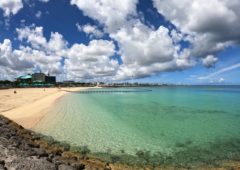 2024.04.10
2024.04.10 2024.01.31
2024.01.31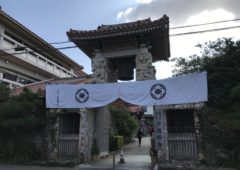 2024.01.02
2024.01.02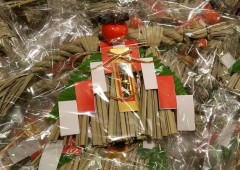 2023.12.27
2023.12.27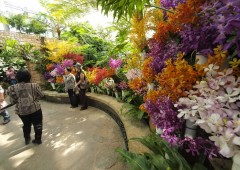 2023.11.16
2023.11.16 2023.11.14
2023.11.14 2023.11.10
2023.11.10 2023.10.26
2023.10.26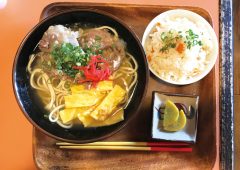 2023.10.16
2023.10.16 2023.09.14
2023.09.14






